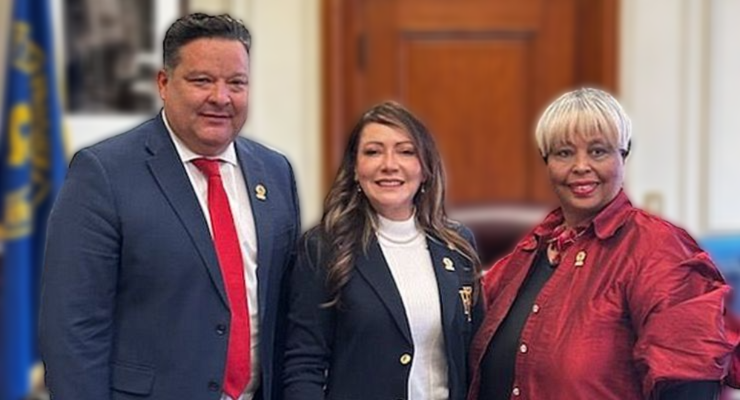
When Jerry Brown returned to the governorship in 2011, a quarter-century after his first stint in California’s highest office ended, one of his early goals was changing how the state finances the education of nearly 6 million public school students.
Brown had a plan, adapted from the theory of Michael Kirst, a distinguished academic and Brown’s long-time education advisor, to concentrate more money on students who chronically trail in academic achievement, albeit those from poor families and/or don’t speak English at home.
Kirst called it a “weighted formula,” and the legislation he and Brown persuaded the Legislature to adopt a decade ago was called “Local Control Funding Formula,” or LCFF. It would give school districts with large numbers of at-risk students in those two categories extra funds on the assumption that they would improve achievement.
The legislation lubricated passage by also eliminating most “categorical aids” – money for specific education programs – and thus giving local school officials more flexibility in spending money from local property taxes and state budget appropriations.
Over the last decade, Brown, successor Gavin Newsom and the Legislature have allocated tens of billions of dollars to LCFF in hopes of closing what educators call the achievement gap between the kids deemed to need extra instructional help – about 60% of public school enrollment – and their more privileged peers.
Has it worked? Followup studies indicate that there may have been a slight narrowing of the gap, but whatever LCFF achieved vanished during the COVID-19 pandemic. At-risk kids were profoundly affected by school closures, since they had less ability to engage in remote learning, dubbed “Zoom school,” and less access to tutoring than more affluent families.
Pandemic impacts aside, LCFF has not delivered on its promised transformative impact. Even if spending more money would have narrowed the gap – an unproven theory – many school districts, particularly those in urban areas dominated by hardball politics, often fail to concentrate the extra funds on at-risk kids.
Brown insisted that the funds go to districts, not the specific schools where the targeted kids were most numerous, saying he trusted local educators to spend the money wisely. He dubbed it “subsidiarity,” adapting the term from an obscure theological theory.
Education reform groups have criticized Brown’s hands-off approach, saying local school systems need more oversight to prevent them from diverting LCFF funds to other purposes. However, in a recent podcast interview marking the formula’s 10th anniversary, Brown complained that districts have not been given enough flexibility.
“We spend too much time on not anything to do with teaching. Its accountability, its finance, its compliance. This is really a noxious evolution,” Brown said during the interview. “I hope that legislators be aware they’ve gone overboard … we have to look for the wise path.”
Meanwhile, in a separate 10th anniversary interview, Kirst said he regrets that local districts did not use subsidiarity’s flexibility to become more creative in educating kids who fall behind.
“This was their chance to get beyond formulaic budgets and the budget complexity to create a three-year budget plan with clear priorities,” Kirst lamented. “And generally, my impression is that they have not.”
Neither of LCFF’s two fathers offered any appraisal of whether children it purports to help have, in fact, been helped. That lack may indicate that both know LCFF – as implemented, not as envisioned – has not been a roaring success.
California has doubled the amount of per-pupil spending on schooling in the last decade but in national tests of academic achievement, the state still trails other states that spend much less, while state testing tells us that the achievement gap remains unacceptably wide.
CalMatters.org is a nonprofit, nonpartisan media venture explaining California policies and politics.














 0 comments
0 comments


